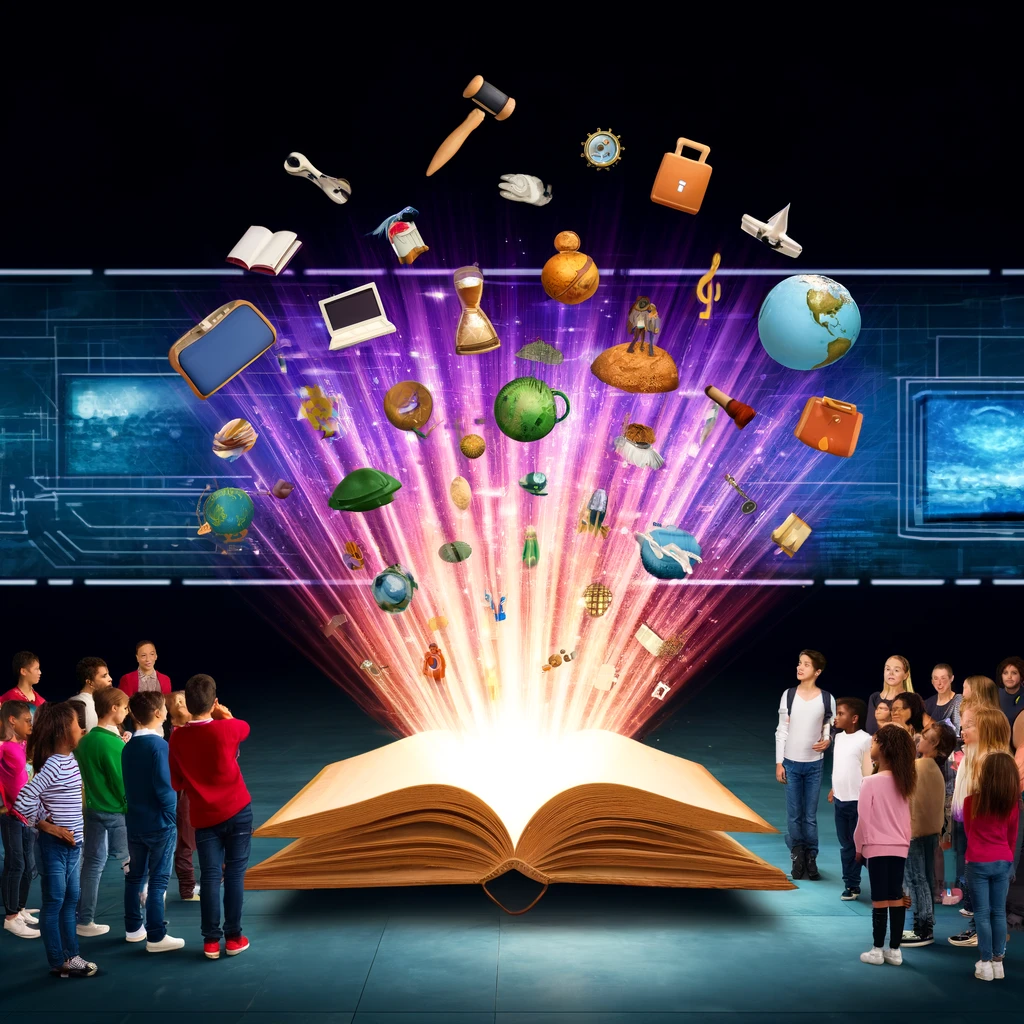In the realm of education, the materials we use to facilitate learning are not just tools; they are the very foundation upon which knowledge is built, skills are honed, and minds are expanded. As a Curriculum Specialist, I can assert with confidence that the evolution of educational materials has been nothing short of extreme, transforming the way knowledge is conveyed, absorbed, and applied. This evolution calls for a closer examination of what constitutes effective educational materials, the impact they have on learning, and how educators, students, and curriculum developers can harness their full potential.
The Evolution of Educational Materials
Educational materials have come a long way from the traditional textbooks and blackboards. Today, they encompass a wide array of resources, including digital textbooks, interactive software, online courses, and even virtual reality experiences. This diversity not only caters to different learning styles but also bridges the gap between theory and practical application, making learning more engaging and effective.
Integrating Technology in Education
The integration of technology in education has been a game-changer. Digital platforms and tools offer interactive and personalized learning experiences, enabling learners to progress at their own pace and according to their own interests. Technologies such as AI and machine learning are also beginning to tailor educational content to the learner’s proficiency level and learning style, making education more accessible and inclusive.
The Role of Open Educational Resources (OER)
Open Educational Resources (OER) have emerged as a powerful tool in democratizing education. These freely accessible, openly licensed documents and media provide an invaluable resource for educators to enhance their curriculum without the constraints of traditional copyright issues. OERs not only make quality education more accessible but also encourage collaboration and innovation among educators worldwide.
Crafting Effective Educational Materials
Creating educational materials that are both informative and engaging requires a deep understanding of pedagogy, psychology, and technology. Here are some practical tips for educators and curriculum developers:
- Understand Your Audience: Tailor your materials to the age, background, and learning styles of your students. Inclusive materials that cater to a diverse student population are key.
- Incorporate Multiple Learning Modalities: Use a mix of text, visuals, audio, and interactive elements to cater to different learning preferences.
- Promote Active Learning: Design materials that encourage interaction, critical thinking, and problem-solving rather than passive consumption.
- Leverage Technology Wisely: Use technology to enhance learning outcomes, but be mindful of its limitations and potential distractions.
- Continuous Feedback and Improvement: Educational materials should be living documents that evolve based on feedback from users and advancements in the field.
Examples of Innovative Educational Materials
- Augmented Reality (AR) Textbooks: AR textbooks bring static content to life, allowing students to interact with 3D models and simulations directly from their books or mobile devices.
- Gamified Learning Platforms: Platforms that use game design elements in non-game contexts to improve user engagement, motivation, and learning.
- Customizable Learning Modules: Online platforms that allow educators to create and customize courses and materials to fit the specific needs of their students.
Engaging the Community in Educational Material Development
The development of educational materials is not just the domain of educators and experts. It benefits significantly from community involvement, including feedback from students, parents, and other stakeholders. This collaborative approach ensures that the materials are relevant, practical, and aligned with the learners’ needs and the community’s values.
FAQs: Unveiling the World of Educational Materials
- What are educational materials?
- Educational materials are resources used to support the learning process, including textbooks, digital tools, interactive software, and more.
- Why are educational materials important?
- They are crucial in shaping the learning experience and providing the necessary information, skills, and context to support effective learning.
- How can technology improve educational materials?
- Technology can make learning more interactive, personalized, and accessible, catering to the needs of diverse learners.
- What are Open Educational Resources (OER)?
- OER are free and openly licensed educational materials that can be used, adapted, and shared to enhance teaching and learning.
In the ever-evolving landscape of education, the significance of educational materials cannot be overstated. They are at the heart of the learning experience, serving as a conduit through which knowledge, skills, and values are transmitted. As we move forward, the integration of technology, the adoption of inclusive practices, and the emphasis on active learning will continue to shape the development of educational materials. It is through these materials that we can truly revolutionize learning, making it more engaging, effective, and accessible for all learners.
By embracing innovation, collaboration, and continuous improvement, we can ensure that educational materials not only meet the demands of the present but also anticipate the needs of the future. Whether you are an educator, a student, or a curriculum developer, you play a pivotal role in this process. Let’s work together to craft educational materials that inspire curiosity, foster creativity, and empower learners to achieve their fullest potential. The future of education is in our hands, and it’s bright with possibilities.
